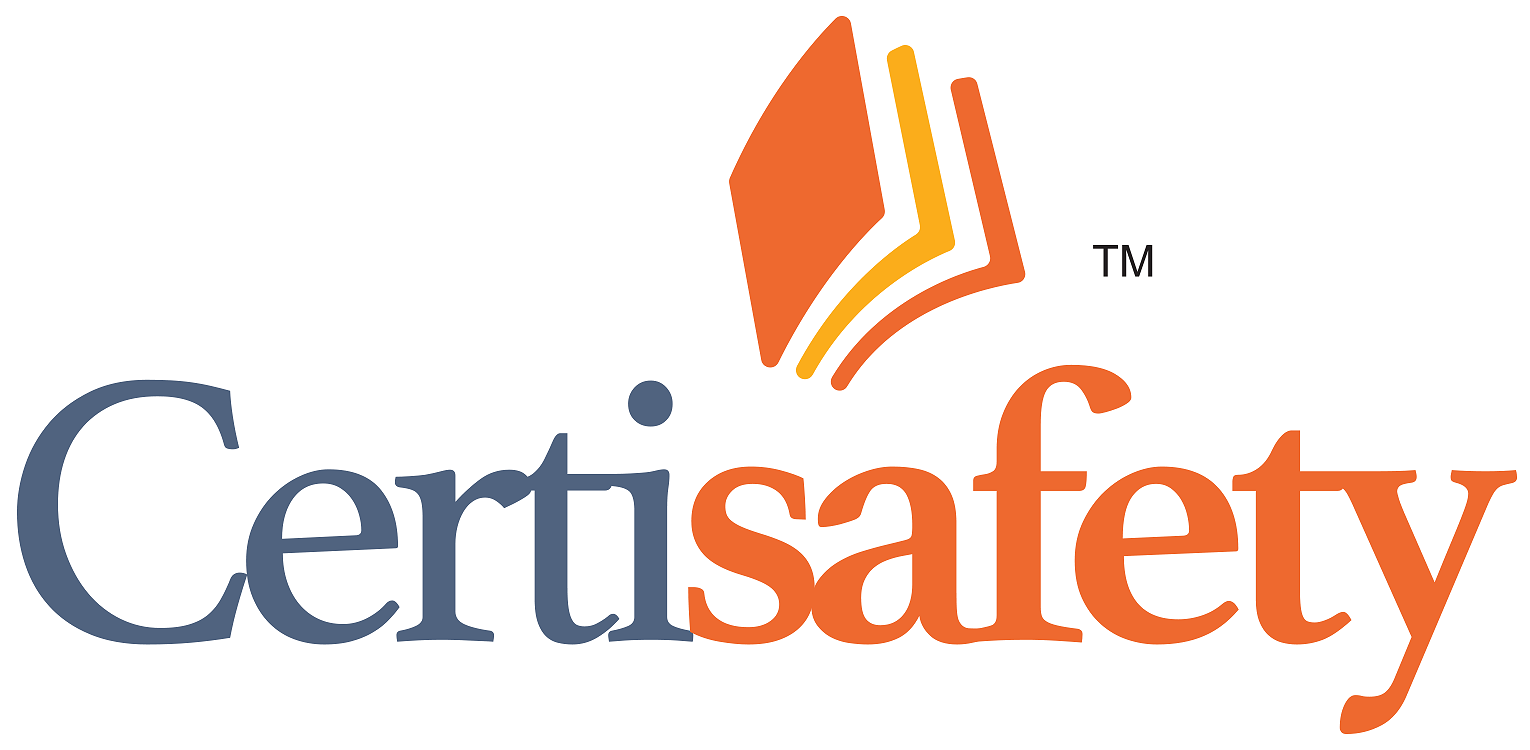

2. This violation will be issued by OSHA if the employer has been cited previously for a substantially similar condition and the citation has become a final order:(OSHA FOM 02-00-148 Sec 7)
3. This department is authorized to enforce the OSHAct of 1970.
4. Section 5(b) of the Act states: 'Each employee shall comply with occupational safety and health standards and all rules, regulations, and orders issued pursuant to the Act which are applicable to his own actions and conduct.' All of the following are true concerning this Act, except: (OSHA FOM 02-00-148 Sec 7)
5. In cases where the OSHA compliance officer determines that employees are systematically refusing to comply with a standard applicable to their own actions and conduct, the OSHA compliance officer will: (OSHA FOM 02-00-148 Sec 7)
6. This Part of the Code of Federal Regulations (CFR) describes occupational safety and health requirements for inspections, citations, and proposed penalties:
7. If the employer is able to establish this defense, OSHA will excuse the violation which was otherwise proved by the OSHA compliance officer (OSHA FOM 02-00-148 Sec 7)
8. Common examples of employer affirmative defense include all of the following, except: (OSHA FOM 02-00-148 Sec 7)
9. Inspections, either programmed or unprogrammed, fall into one of two categories depending on the scope of the inspection. Which of the following describe these two categories?(OSHA FOM 02-00-148 Sec 6)
10. The minimum and maximum OSHA penalties for a willful violation is:
Copyright ©2000-2018 Geigle Safety Group, Inc. All rights reserved. Federal copyright prohibits unauthorized reproduction by any means without permission. Students may reproduce materials for personal study. Disclaimer: This material is for training purposes only to inform the reader of occupational safety and health best practices and general compliance requirement and is not a substitute for provisions of the OSH Act of 1970 or any governmental regulatory agency. CertiSafety is a division of Geigle Safety Group, Inc., and is not connected or affiliated with the U.S. Department of Labor (DOL), or the Occupational Safety and Health Administration (OSHA).